
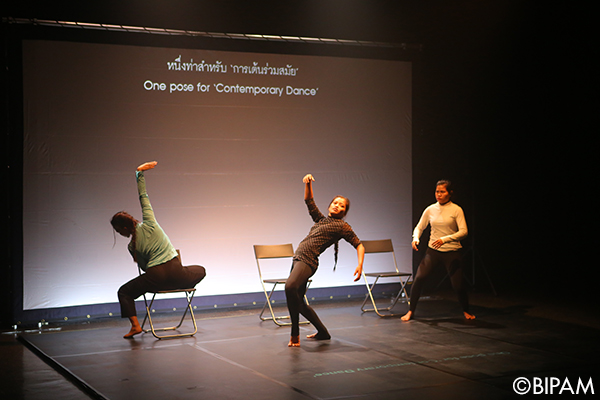
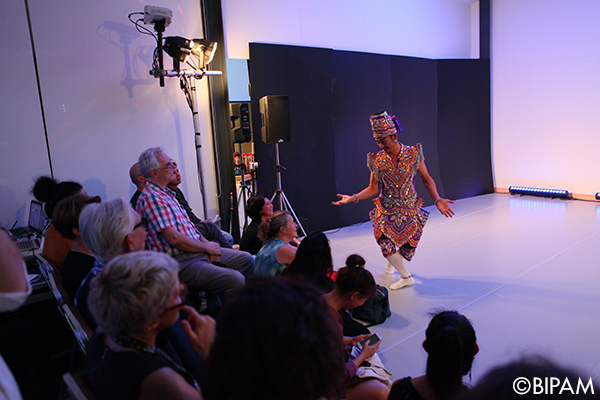
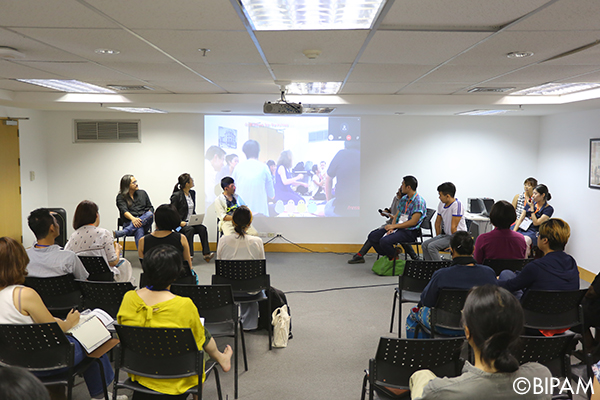
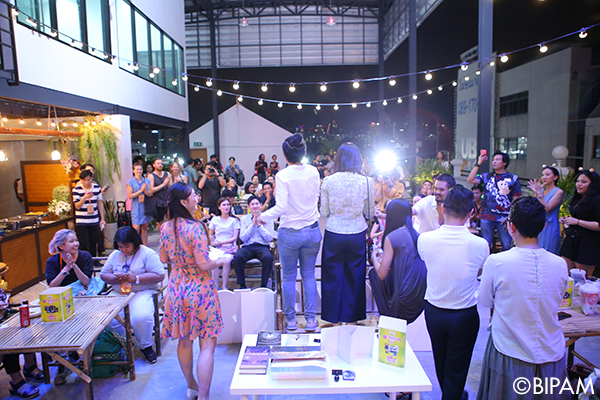
Bangkok International Performing Arts Meeting (BIPAM)
https://www.bipam.org/
Bangkok International Performing Arts Meeting (BIPAM)
New Performing Arts Platform in Southeast Asia
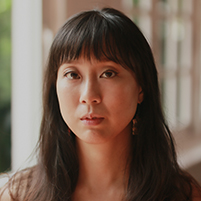
Artistic director of The Bangkok International Performing Arts Meeting (BIPAM)
The Bangkok International Performing Arts Meeting (BIPAM) was established in Thailand in 2017 as a development prompted by Thai participation in TPAM –Performing Arts Meeting in Yokohama in 2015.





Bangkok International Performing Arts Meeting (BIPAM)
https://www.bipam.org/
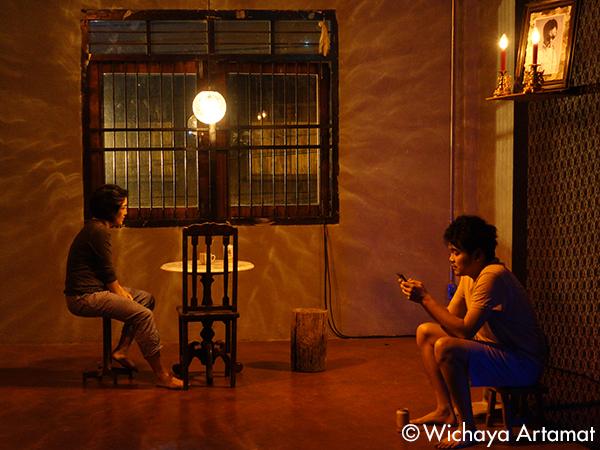
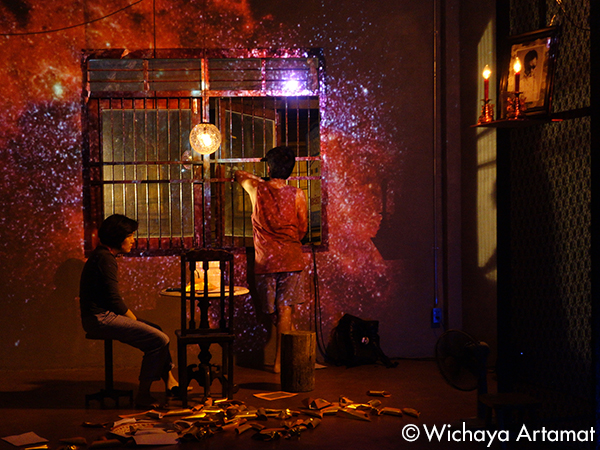
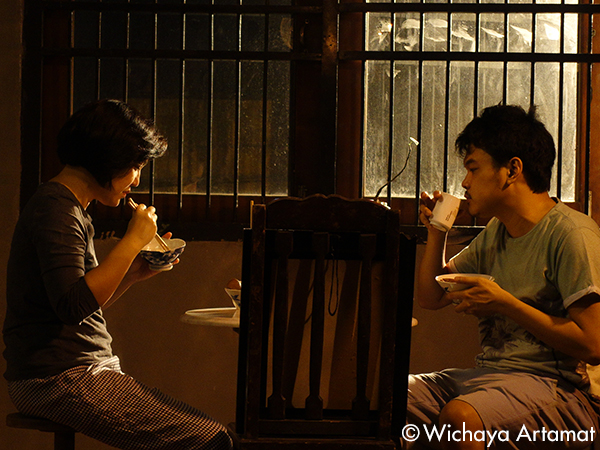
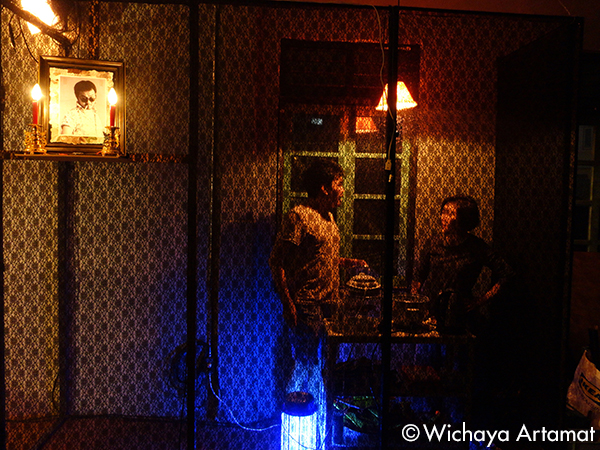
This Song Father Used to Sing (Three Days in May)
One of the representative works of Wichaya Artamat depicting May 17, May 19 and May 22, which have important meaning in Thailand’s modern history. Siblings return to their parents’ home in Bangkok to pay for their father’s death day every year and talk about memories and recent conditions in the kitchen. This production was invited 2019 to Kunstenfestivaldesarts in Brussels as well as Wiener Festwochen. Also performed right before the pandemic at Blackbox Teater in Oslo. It was scheduled to be performed at KYOTO EXPERIMENT in 2021, but due to COVID-19, it was changed to video distribution. It has toured again in Europe in the summer 2022.
https://kyoto-ex.jp/en/shows/2021s-wichaya-artamat/
https://kyoto-ex.jp/magazine/sho-fukutomi2021s/ (Japanese only)
(C)Wichaya Artamat
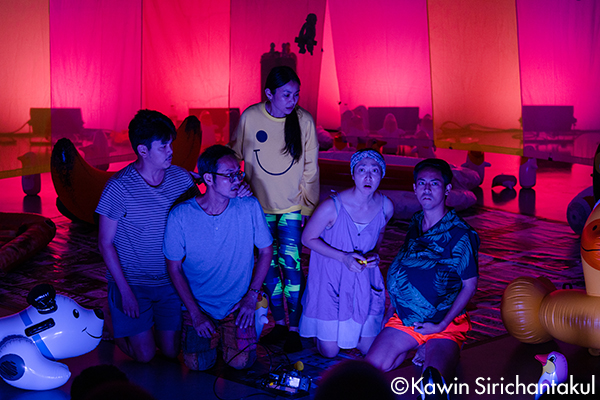
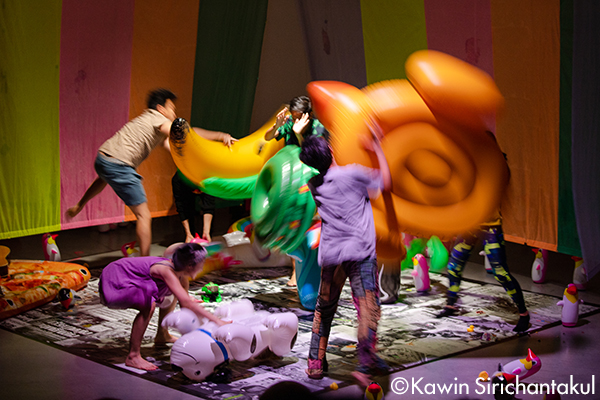
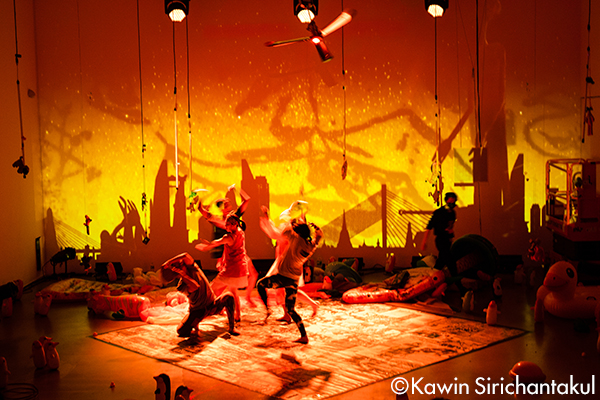
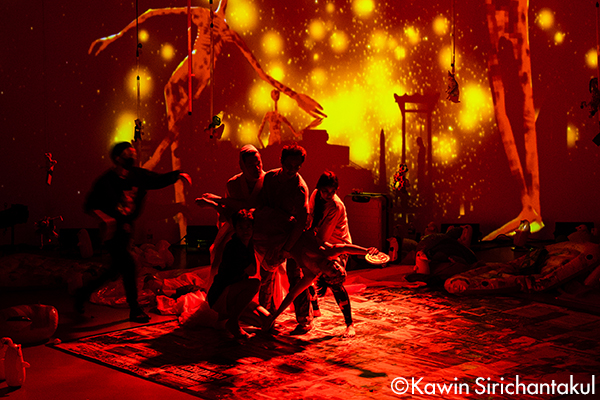
Four Days in September (The Missing Comrade)
Wichaya Artamat’s work alludes to Thailand’s 30-year history with the keyword “disappearance,” such as the destruction of historical evidence and the abduction of activists. This production was co-produced by and invited to Kunstenfestivaldesarts (Bruselles); Wiener Festwochen; Black Box Teater (Oslo); MC93 – Maison de la Culture de Seine-Saint-Denis (Bobigny); Festival d’Automne à Paris.
(C)Kawin Sirichantakul
*1 Jarunun Phantachat
https://asiawa.jpf.go.jp/en/culture/features/f-ah-tpam2019-jarunun-phantachat/
*2 Wichaya Artamat
Playwright, theater director and member of For What Theatre. Born in 1985 in Bangkok, Thailand. After graduating from Thammasat University with a major in film, he became a project coordinator for the Bangkok Theatre Festival in 2008. In 2015, he co-founded For What Theatre with Sasapin Siriwanij of B-Floor Theatre and Ben Busarakamwong of Crescent Moon Theatre. Taking up the relationship between personal history and politics with his unique theatrical approach, he is one of the most noteworthy young directors in the Thai contemporary theater world.
*3 Amitha Amranand
https://asiawa.jpf.go.jp/en/culture/features/ah-tpam2020-three-critics-interview/
*4 The City & The City
Exchange program between BIPAM and the festival/tokyo. It started in 2019, and in 2020, a team of three artists from each of the two cities of Tokyo and Bangkok has participated. They conduct research on the cities in which each person lives, and exchange the process online. As a final presentation, a virtual tour was conducted at venues in two cities.
https://www.festival-tokyo.jp/20/en/program/bipam.html
*5 Indonesia Dramatic Reading Festival (IDRF)
This is a platform for new Indonesian plays that started in Yogyakarta in 2010 in the wake of an Asian Playwrights Meeting held in Tokyo in 2009. Also introducing foreign plays translated into Indonesian.
https://performingarts.jpf.go.jp/E/pre_interview/2109/1.html
*6 Pesta Boneka
https://www.pestaboneka.com/
*7 Indonesian Dance Festival (IDF)
Indonesia’s largest international dance festival has been held every two years in Jakarta since 1992. In addition to dance performances invited from Indonesia and overseas, the program provides opportunities for young artists to learn, develop their ideas, and perform their works.
https://indonesiandancefestival.id/
*8 CAPACOA
Canadian Association for the Performing Arts (l’Association canadienne des organismes artistiques). An organization whose members include presenters, festivals, companies, and agents involved in performing arts performances and tours.
https://capacoa.ca/en/
*9 I Don’t Care ไม่ว่าอย่างไร
An international co-production by B-Floor Theatre in Bangkok and the Residenztheater in Munich. Inspired by interviews with transgender people in Thailand and Germany between 2017 and 2022 by journalist and writer Jürgen Berger, the piece explores the theme of self-determination of identity. Co-directed by B-Floor Theatre choreographer, director and co-director Jarunun Phantachat and German director Anna-Elisabeth Frick. Nontawat Numbenchapol, video artist as well as actors Pathavee Thepkraiwan and Sarut Komalittipong from Thailand and Mareike Beykirch, member of the ensemble of Residenztheater participated. After the world premiere in Bangkok in September 2022, the show will be performed in Munich in October.
https://www.residenztheater.de/en/stuecke/detail/i-dont-care
*10 Pratthana- A Portrait of Possession
This theatre piece is based on a novel by Uthit Haemamoon, a work of contemporary Thai literature, and the piece was written and directed by Toshiki Okada, with a scenography by Yuya Tsukahara (contact Gonzo). It depicts the contemporary history of Thailand and one artist living there. With a cast of 11 Thai actors, it had its world premiere in Bangkok in 2018, after which it was performed at the Centre Georges Pompidou in Paris at Festival d’Automne Paris/Japonisme 2018, and then in Tokyo at Asia in Resonance 2019.
https://www.pratthana.info/en/
Related Tags